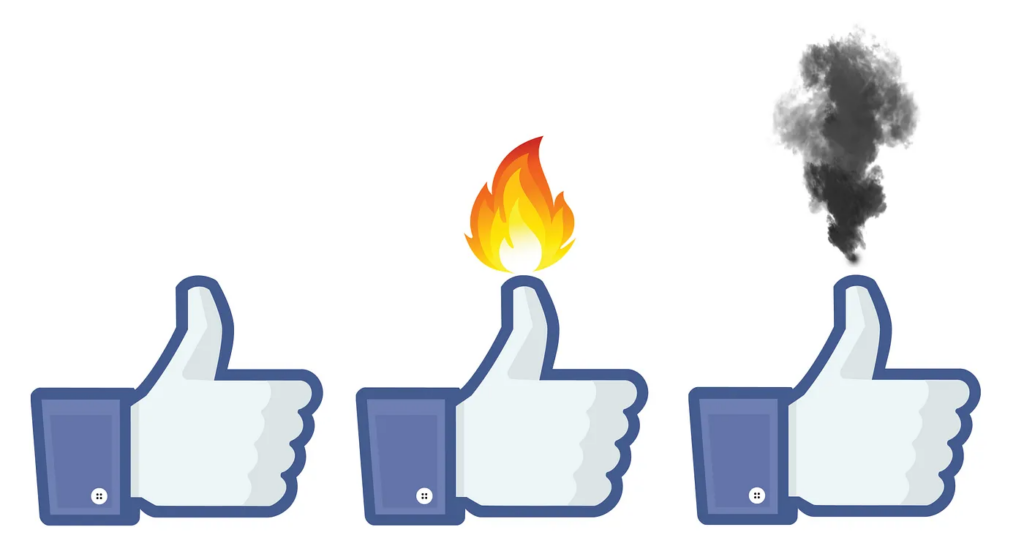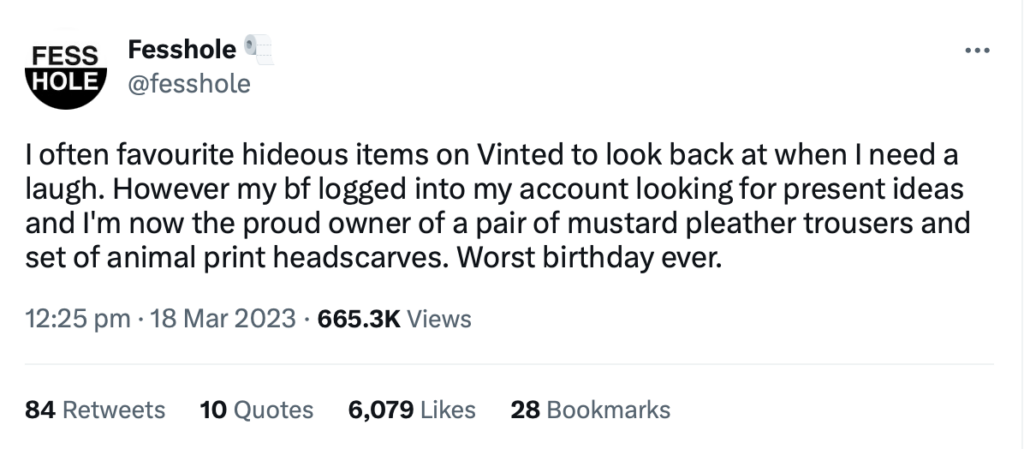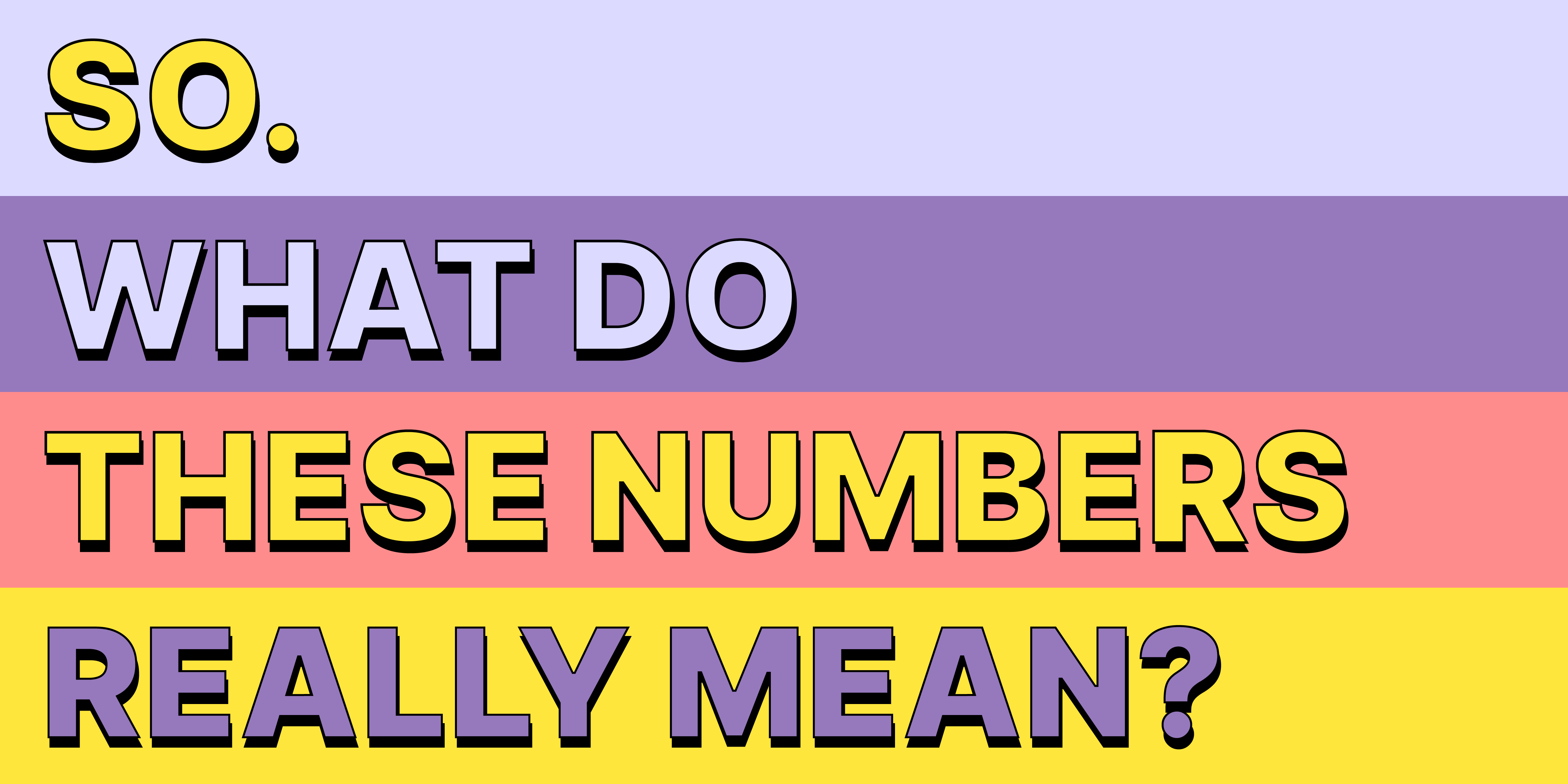Facebook Likes: So. What Do These Numbers Really Mean?
At Storythings, we’re lucky enough to work across lots of different sectors, and the one thing we’ve learnt is that everyone thinks about their audiences in slightly different ways. So when we start working with a client and learn their key audience metrics, the first thing we ask is “OK, but what does [insert metric of your choice] really mean?”
Sometimes, this question is greeted by a pause, and a slightly nervous laugh. Because we all use metrics and data every day, but rarely do we stop to think about the history of those metrics.
This is why we thought we’d help out. Over the next few weeks, we’re going to give you a short history of some of our favourite audience metrics (and yes, we’re the kind of nerds who actually do have favourite audience metrics). We hope this will be useful, and would love to hear your thoughts. Is there a metric that you use every day but have never really understood? Let us know in the comments and we’ll dig into its history for you!

We’re starting by telling the story of one of the most ubiquitous, and misunderstood, metrics of the last few decades – The Like.
Why should I care?
Because we are now coming to the end of the like as a metric of audience engagement. As the dominant social platforms all end up being video-led TikTok clones, engagement metrics have shifted from clicks to viewing. From TikTok to Netflix, the most important numbers now are not the big ones, but the long ones – it’s all about how long something keeps your attention, not if it inspires you to click a button.
If you need convincing that the era of the like is over, Elon Musk used the term ‘silent likes’ to describe the new Twitter feature that showed how many people bookmarked your tweet. This did not go down well with Twitter users, especially women who could now see how many creepy men had bookmarked their tweets. Musk’s increasingly random product roadmap for Twitter seems to be based on visualising more and more user behaviours on each Tweet, just as the rest of the industry is abandoning these metrics. So if Musk is reinventing bookmarks as a kind of ‘like’ button to try and prove people actually still care about Twitter, I think we can safely say the ‘like’ is dying.
What’s the big picture?
You can roughly organise the metrics we use to measure audience attention into four categories – interest, attention, action and emotion. For most of the twentieth century, we mostly measured media using attention and action metrics – TV and radio ratings for broadcasting; and physical sales for cinema, newspapers and magazines.
Interest and emotion were only measurable through qualitative audience research with small sample sizes. George Gallup might be more famous now for his political polling, but he started in newspapers, with a ground-breaking study that showed newspaper readers were more interested in the sports news and funny papers than they were in the front page news.
This all changed in the early 20th century, first as Google created a map of our desires and interests through search, and then social platforms introduced ways to track our emotional responses through buttons representing a star, bookmark, thumbs up, or like. These buttons held out the promise of emotional metrics at scale – instead of expensive user research, platforms and publishers could harvest millions of tiny clicks to map what we felt about their content.
So what does this all mean?
The trouble is that our emotional responses to media are far more nuanced than a binary button can capture. We might use a Like to mean we actually like something, to express solidarity with the sentiment, to bookmark something for later, or for even more personal and nuanced reasons, as this anonymous tweet from the brilliant Fesshole illustrates:

The other factor in the demise of the ‘like’ is the negative mental health impacts of public social signals like this. It turns out there is a real human cost to showing, in real time, how much other people agree with, disagree with, or creepily save, our thoughts, opinions and social lives. Particularly for teens and young adults, the impact can be incredibly damaging. So much so that in 2021 Meta gave users the option to hide their likes from their Facebook and Instagram accounts.
Tell me something I don’t know
The ‘like’ button was not invented by Facebook. Buttons to rate content for approval or disapproval were launched by a lot of the very early social media sites as a way of filtering links and articles through community consensus. For example, Digg.com experimented with different versions, including ‘dig’ and ‘bury this’ buttons (they now use a simple heart).
The first actual button called a ‘like’ was probably invented by the UK web culture and humour site B3ta.com in 2005. B3ta’s founder, Rob Manuel, was looking for a rating tool to help automatically curate contributions to the site. His first suggestion was to call the button ‘woo-hoo!’, but he went with ‘like’ instead.
Give me some numbers
According to social media monitoring service Brandwatch, in 2019 users generated 4 million likes on Facebook every minute, and the average user liked 4 Facebook posts a day. The fact we couldn’t find a more recent datapoint than 2019 might be a signal of how the influence of the ‘like’ has faded.
According to Social Blade, the most liked Facebook pages after Facebook itself are Samsung, Cristiano Ronaldo, Mr Bean and Shakira. Which is quite the dinner party.
Ok, I want to know more
As part of a short series called A Brief History of Attention, I went deeper into the rise and fall of the Like.
The role of likes as a form of social control is brilliantly explored in the Black Mirror episode Fifteen Million Merits.
This great essay from The New Inquiry traces the history of the ‘like’ back through 20th century advertising and market research.

